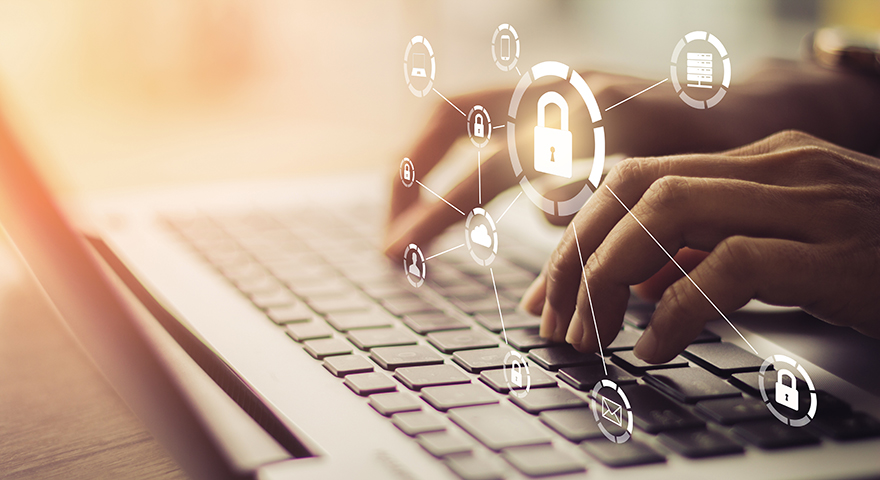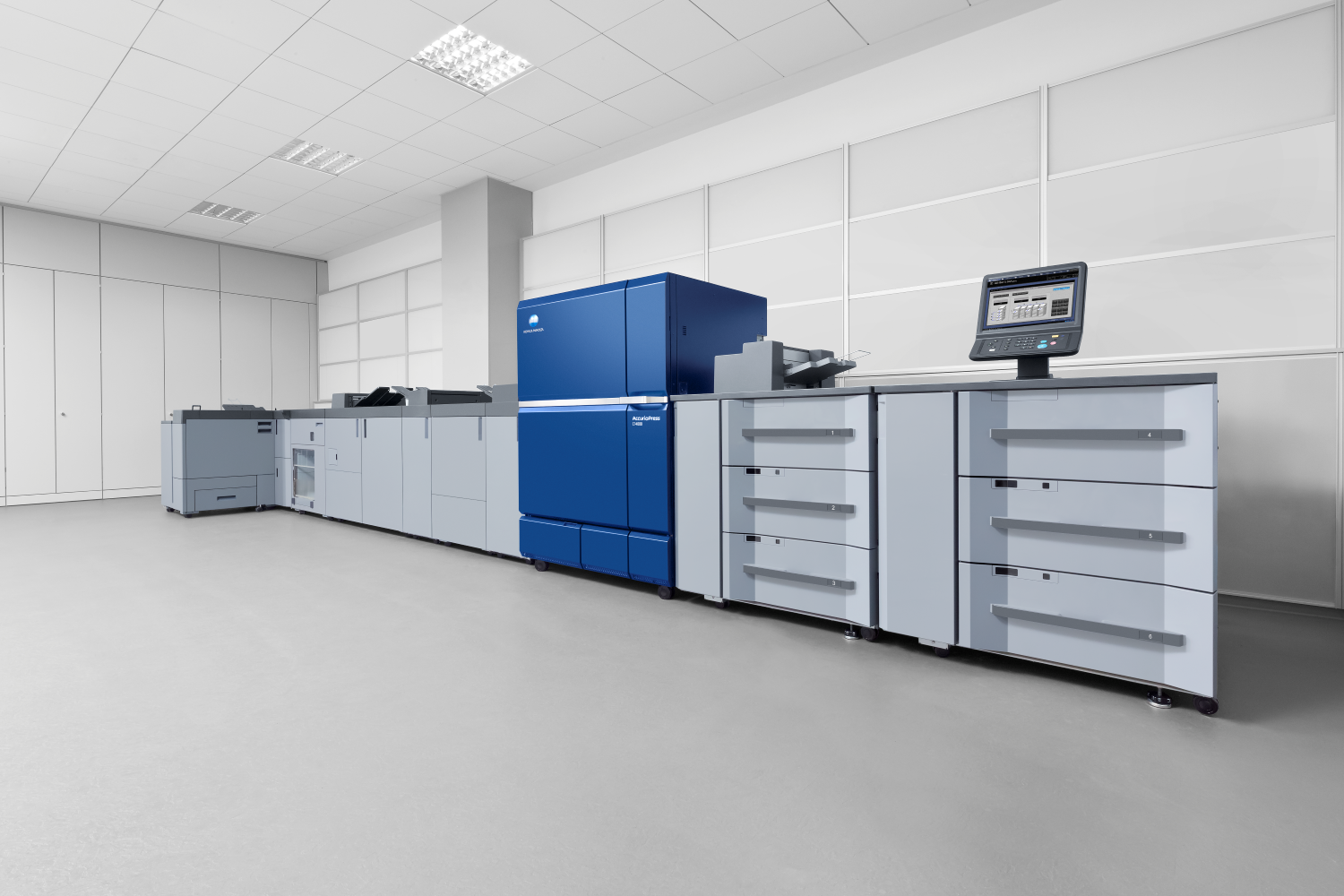Today’s digitally advanced landscape leaves most network-connected devices open to a range of cybersecurity risks that are costly to remediate and can cause temporary operational disruption as well as severe reputational damage.
During the 2020-21 financial year, the Australian Cyber Security Centre (ACSC) reported that it responded to an average of 31 cybersecurity incidents per week, predominantly related to crimes, such as data theft, against organisations.1
And, while we may at first thought turn our attention to laptops, tablets, and other multi-faceted devices, the truth is that printers can be just as susceptible.
Without suitable protections in place, office printers are at risk of a number of cyberthreats that not only affect the printer itself but also the entire network. These threats include:
- Data breaches and theft: printers connected to a network draw and store data from those who access them. This means they can carry IP addresses, usernames, or sensitive information that is copied, scanned, or printed. Cybercriminals steal this information and then sell it or use it to carry out a ransomware attack.
- Device malfunctions and bricking: threat actors can control compromised printers to carry out unwanted tasks. This may include printing unwanted or inappropriate materials or shutting off completely. Printers can also be ‘bricked’, which means cybercriminals can control access to functions and render them essentially useless.
- Botnet attacks: cybercriminals can connect printers to a ‘botnet’, a network of private computers infected with malicious software and controlled as a group without the owners’ knowledge. This can be used to steal data and carry out cyberattacks.
Despite the threat printers face from cyberattacks, there are three actions that businesses can take to minimise the risk:
- Upgrade software and hardware regularly: older printers are less likely to be compatible with the vast range of security available to protect against cyberattacks. Even though the current model can print, scan, and copy, it’s advisable to upgrade away from a potentially obsolete printer and invest in one that has in-built security features like anti-malware, encrypted printing and scanning, and self-healing basic input/output (BIOS) systems. Firmware updates should also be a regular investment to prevent software from becoming susceptible to new threats.
- Invest in data encryption: data encryption solutions are not exclusive to computers. Printers today are multi-faceted devices that connect to other Wi-Fi enabled devices, creating a data network that needs protection. Encryption helps to scramble the data transferring between the printer and other connected devices, preventing threat actors from easily reading sensitive information.
- Print with secure functions: modern printing solutions have several security options available to ensure the protection of information and physically printed items. This includes ‘pull printing’, in which a user’s print job remains on the server and is only released when the user is present to enter a passcode or a swipe card. This prevents situations where users forget about printed documents and leave them on the printer for anyone to read. Businesses can also program print jobs to include print reports that provide a summary of information to monitor and track documents as well as identify any unusual printing or usage.
The risk of cyberattacks related to printers may not be as widely discussed as other common devices, but they are just as likely to occur and can significantly impact the integrity of any business. By removing the vulnerabilities presented by print infrastructure, businesses limit the risk of malware infections, data breaches, and the cost of regulatory compliance.
At Konica Minolta, we provide secure, mobile, and cost-effective solutions that not only reduce the risk of exposing confidential information but ensure that only authorised users can print and collect sensitive documents at the device of their choice, whether at one designated location or at regional or branch offices in a multi-site configuration.
The threat of cyberattacks against printing activity is ever-present; however, with the right equipment, knowledge, and support, that threat is significantly reduced. To learn how you can keep your business safe, contact the Konica Minolta team today.
[1] https://www.cyber.gov.au/about-us/news/acsc-annual-cyber-threat-report-2020-21





